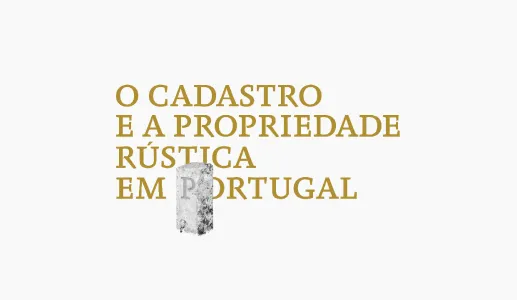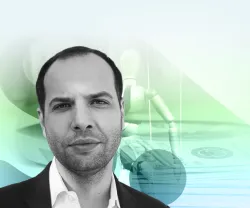
The Cadastre and Rural Property in Portugal
Portugal is an increasingly urban and increasingly coastal country: 74% of the population lives on just 2.4% of its land, sometimes in precarious conditions and without decent quality of life. However, it remains an almost entirely rustic country, covering 94% of its area. «Rustic» but not «rural» – in the sense that only part of this land is actually used for agro-sylvo-pastoral purposes: around 23% of rustic Portugal is made up of scrubland and uncultivated land, and a significant part of this land has no known owner.
This study, by Rodrigo Sarmento de Beires, João Gama Amaral and Paula Ribeiro, seeks to understand how much we don't know about our territory, as well as the nature and scale of the problems arising from this lack of knowledge. It addresses issues such as:
- The history of rustic territory and its population
- Land occupation and current land use
- The rural property market
- The history of the land register in Portugal
- The way land-use operations (planning, subdivision, transactions) are dependent on comprehensive – but non-existent – information about property boundaries
- How tax issues relating to land ownership and its transfer depend on the correct delimitation of land
- A comparison of the Portuguese reality with that of other European countries.
At the same time, this study by Fundação Francisco Manuel dos Santos also points the way to and proposes concrete solutions for registering rural property in Portugal, in line with its long-standing aim: to contribute to providing more in-depth information about the Portuguese reality and to informed debate on its problems.





